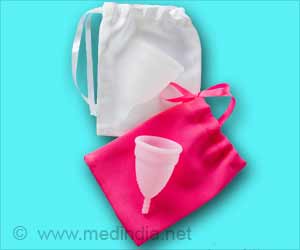Vitamin D helps in fetal bone growth, birth weight and may continue to be beneficial in postnatal life.
Highlights :
- Vitamin D must be transferred from the mother's blood to the fetus
- Endocytosis plays an important role in the uptake of vitamin D into the human placenta
- Mother's vitamin D concentrations aid in fetal bone growth and birth weight
“Research in kidneys has questioned the role of passive diffusion in the uptake of vitamin D. It has instead shown that this uptake is driven primarily by endocytosis of vitamin D, where the vitamin is bound to the binding protein albumin and introduced into the organ tissue cells,” explains Dr Claire Simner, Research Assistant at the University of Southampton, UK.
Simner is a co-first author of the study alongside Dr Brogan Ashley, who was also at the University of Southampton at the time the work was carried out. “We proposed that a similar endocytic mechanism exists in the placenta, suggesting that this organ plays an active role in the delivery of vitamin D to the fetus.”
To explore this idea further, the team designed a study to find out how maternal vitamin D is taken up, metabolized and mediates gene expression within the human placenta. They used a perfusion model – involving the use of human placental samples collected from term pregnancies immediately after delivery – and placental fragment cultures to study the behavior of the organ tissue. These methods contrast with cell-model approaches of previous research into how vitamin D transfers across the placenta.
To determine the mechanisms of placental vitamin D uptake, the team incubated fresh term human placental fragments with vitamin D alongside albumin for eight hours. They then analyzed the gene expression of the fragments using a technique called quantitative rtPCR.
“These findings show that endocytosis may play an important role in the uptake of vitamin D into the human placenta, as previously seen in the kidneys,” says Dr Jane Cleal, Lecturer in Epigenetics at the University of Southampton, and a co-senior author of the study alongside Professor Nicholas Harvey, Professor of Rheumatology and Clinical Epidemiology at the MRC Lifecourse Epidemiology Centre, University of Southampton.
Their results revealed that the underlying epigenetic landscape of the placenta – the interaction between the genes and the environment – helps to dictate this transcriptional response to vitamin D treatment.
“This is the first quantitative study demonstrating the active transfer and metabolism of vitamin D by the human placenta, with widespread effects on the placenta itself,” Dr Cleal concludes.
“As our data are generated from term placenta only, additional studies are needed to determine how our findings relate to earlier stages of gestation. Together, the insights from our work and future research will be helpful for identifying potential new options for targeted interventions to improve pregnancy outcomes.”
Source-Eurekalert
















